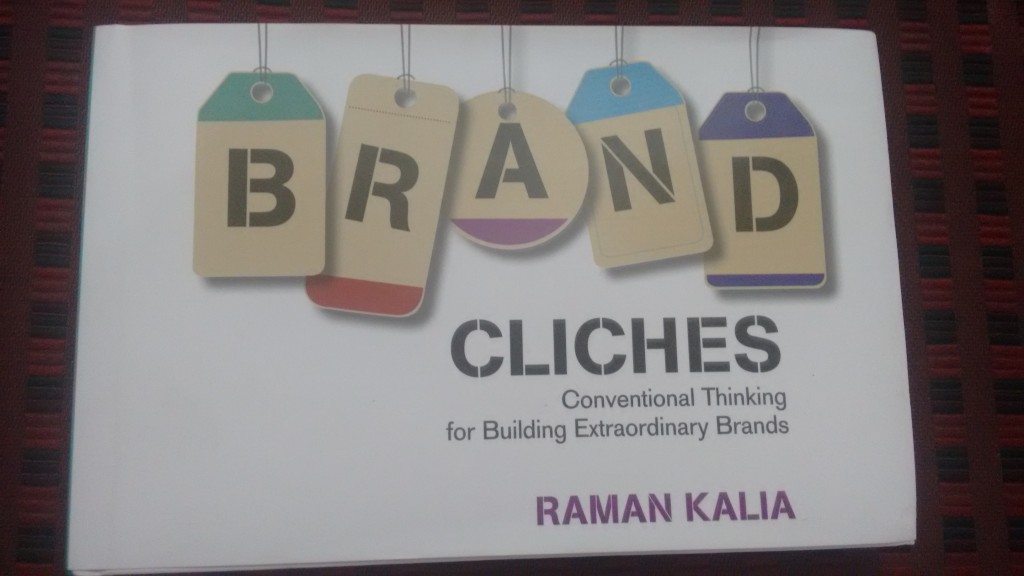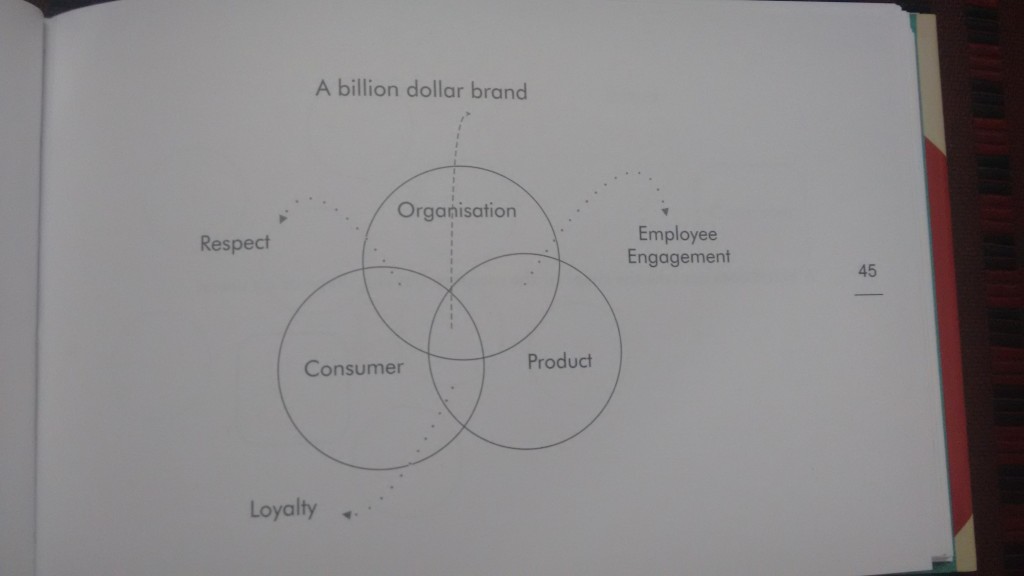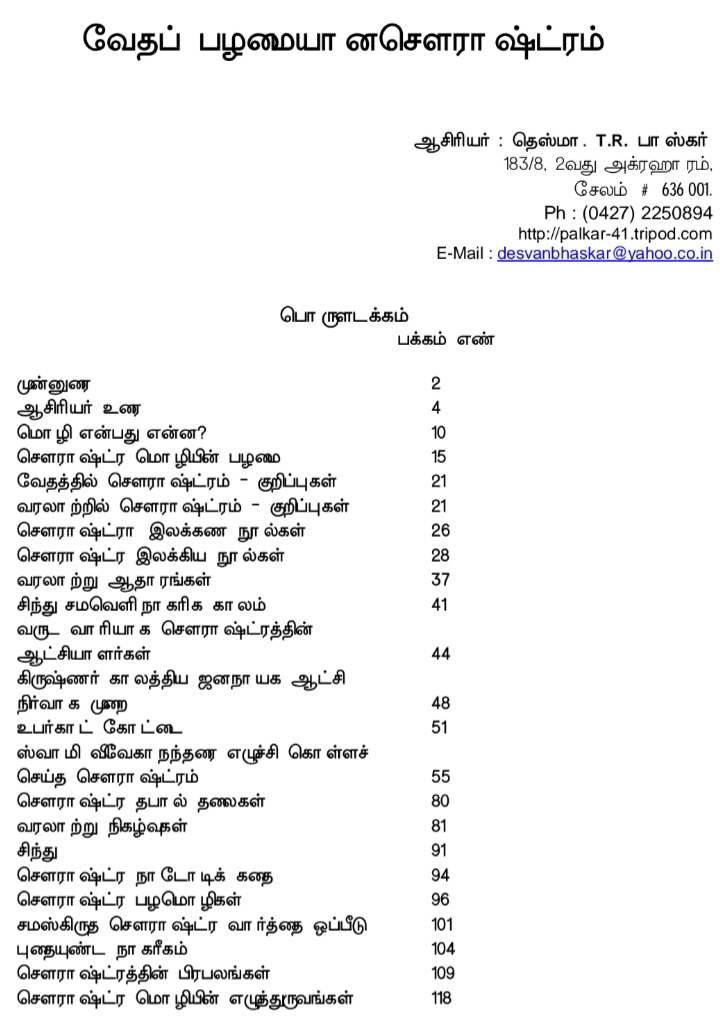Brand Cliches
Brand Cliches
–Raman Kalia
Platinum Press
Brand Cliches came to me as a surprise. There has been some change of managers at Leadstart and I had not reviewed a book for some time. Somehow one day they tracked my email and Radhika, from Leadstart, offered me a few titles. Going through the titles, having gone through a few stories in last few occasions, I wanted a change and thought of selecting the book ‘Brand Cliches’. I judged it to be a management book with theories explained about brand and developing a brand. I expected the book to be big and voluminous, given my experience of management books at IIM-B. However, what I received after a couple of days was a small A5 sized 200 page book. Scanning through it, I realised that half of it were with visuals rather than gushing lines of guidances. The book immediately caught my interest. From my experience, I knew that anything less said is worth hearing. And my memory stores visuals rather than paragraphs.
Brand Cliches looks a simple book. More than a book, it looked more of a presentation with visuals that asks reader to think. Brand Cliches could not be read like any other management book with stories or incidents given as example to learn from. It says less and enables the reader to chew on the idea. It cannot be read at a stretch, but have to be digested slowly and leisurely. I would generally read a couple of pages and sit quit to dwell on the topic. A lot of pages are with just single lines or anecdotes by famous personalities, that was aptly placed relevant to the topic discussed around. Its worth the time spent on ‘reading’ this book. Foreword is given by Capt. G. R. Gopinath of Air Deccan, now Kingfisher Red, who himself conceived and developed the low cost airline brand in India. In the introduction, the author Raman Kalia (also the founder of Mimamsa Consulting) emphasises the three pillars of brand creation – logic, common sense, human empathy. Here I believe that more than the other two, human empathy is the crux of any brand creation. If you empathise your customer, your brand would automatically be a success. Further, the author goes on to stress being honest by asking the brand managers – We are not con artists, right? These may look simple single words, but carry great meanings.
The book stars with defining the brand. Brand it defines as ‘the ability to influence the market‘ and the author goes further to add three more words in order to make it unambiguous ‘for the better‘. It explains about the relation between the customer, organisation and the product, in creating a great brand. Though less said, the below visual captures the entire idea.
The book proceeds further discussing about various aspects of brand – building blocks, innovation, conversations, experience, employee and very firmly on brand donts. Every page and every visual talk to you on some aspect which you better not skip. I cannot put every visual here but can quote some that I liked
- Profits yes, but not after value. Rather, because of value.
- Brand values never disappoint honour.
- The starting dream of a brand is ambition and not profit.
- Innovation is an intersect of three things – viability (will we sustain and make profits?), desirability (will the market want this?) and feasibility (can we do it?).
- Ideas exist all around you – the one who sees, is the one who creates.
- Nothing that is worth knowing can be taught. – Oscar Wilde (Here, I sincerely appreciate author’s honest intention and courage when he places this quote in his this book, that supposedly tells you or tries to teach you about brand)
- Brand was never, and never will be, greater than the consumer.
- Consumer reverence should not be mistaken for brand invincibility.
- Always stand for something.
Anyone could read this book in a day. However, if you are to understand the brand, go slowly. Sit on each page. Read between the visuals. Dwell on them. Savour it. You would not definitely remember the words said in the book. Just that you would have changed or enhanced your view about brand.
One catch. The book is priced on the higher side. A manager would not worry about it, but a management student would think twice before investing his 400.
Verdict: Place in your library (if you are a manager).
Other Reviews












